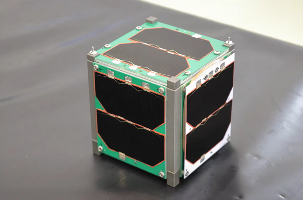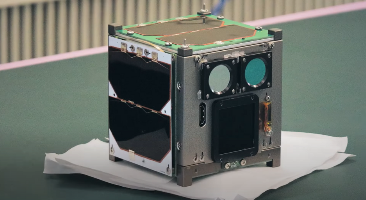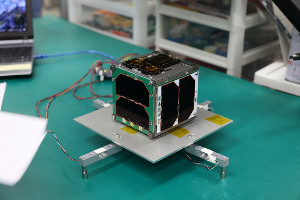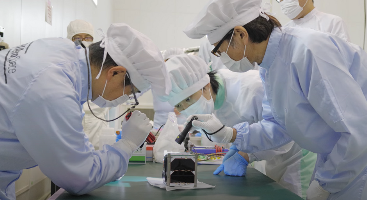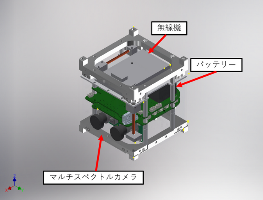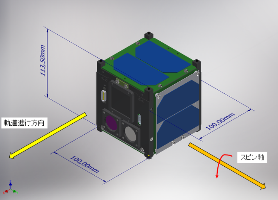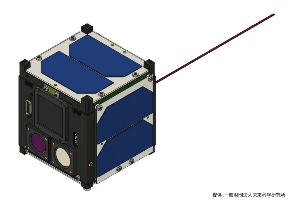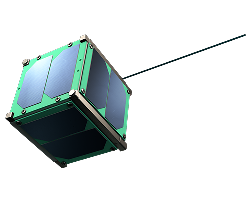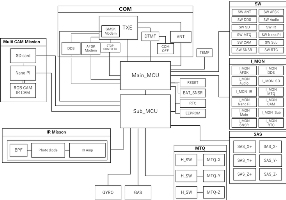| Satellite | FSI-SAT1 |
|---|---|
| Form factor | CubeSat |
| Units or mass | 1U |
| Status | Launch failure |
| Launched | 2022-10-12 |
| NORAD ID | Launch failure |
| Deployer | E-SSOD (Epsilon Small Satellite Orbital Deployer) [JAXA] |
| Launcher | Epsilon |
| Organisation | Happy Science University |
| Institution | University |
| Entity | Academic / Education |
| Headquarters | Japan |
| Operator | In-house? |
| Partners | Hokkaido Satellite |
| Oneliner |
Educational mission with a camera and to test spacecraft platform technologies. |
| Description |
One of the missions of FSI-SAT1 is "Downlink of Earth Images by SSTV" by amateur radio. First, the satellite will be attitude controlled to point the onboard camera to the earth, and then the camera will take pictures and save the images to the SD card. After that, The stored images are converted to SSTV audio signals using the DDS (Direct Digital Synthesizer). When a DTMF request signal for SSTV transmission from a general amateur radio station is received, the satellite responds to the DTMF signal and downlinks the SSTV audio signal. This DTMF request signal is published on the Web page in advance, and general radio amateurs can send this DTMF request signal so that they can receive the SSTV signal from the satellite at any time. The SSTV audio signal received at the ground station can be transferred to a PC and decoded into an image using the installed SSTV conversion software to receive a picture of the earth taken by the satellite. The SSTV can be converted using free software available on the Web, and the download link and instructions for using the software will be posted on the FSI-SAT1 Web page along with the mission overview. FSI-SAT1 will be operated for the purpose of education and technical study, and at the same time, its functions will be released to general radio amateurs, which is in line with the public interest and public nature indicated in the amateur service. The transmission system is described here |
| Sources | [1] [2] [3] |
| Photo sources | [1] [2] [3] [4] |
| On the same launch |
Last modified: 2023-10-15
